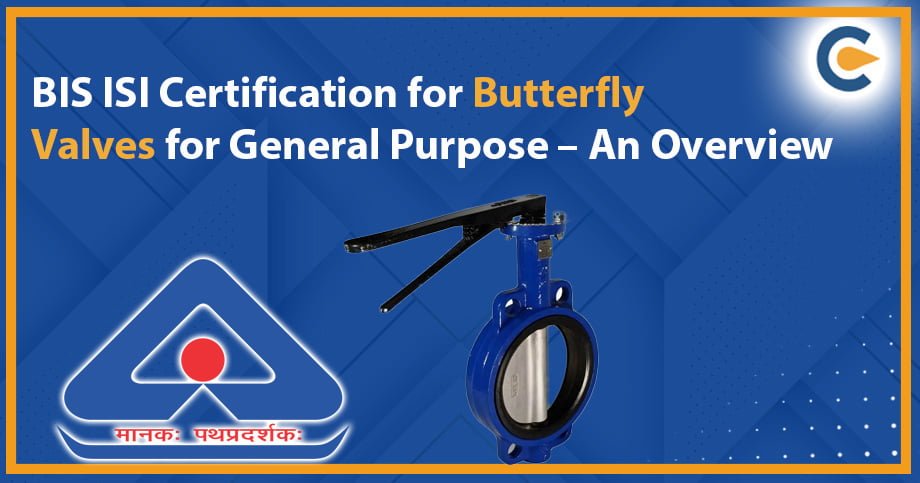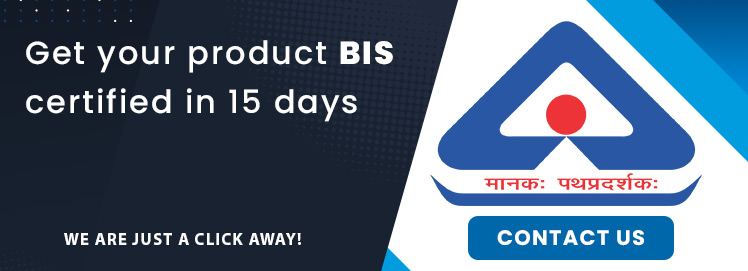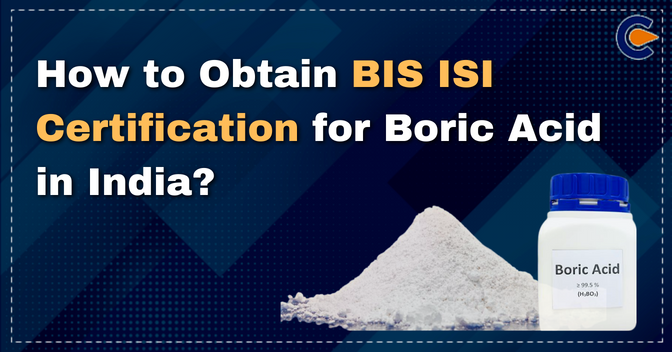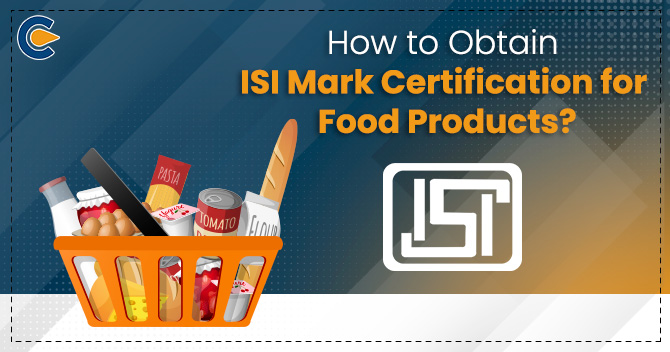Butterfly Valves are used in the pipeline to shut off the flow, and it is often said that Butterfly Valves can be used to regulate the water flow. They are used in a broad variety of process media & industries, especially in water supply, distribution & collection and pumping stations and have an extensive range of use cases in flow isolation (especially). In India, IS 13095:2020 cover Butterfly Valves for general purposes. This Standard applies to double-flanged & wafer types of metal seated, ductile iron, carbon steel, resilient seated cast iron, and lined Butterfly Valves for general purposes. This Standard applies to valves that are operated manually, hydraulically, electrically, or pneumatically. So, if any manufacturer wants to manufacture Butterfly Valves, they must obtain BIS ISI Certification for Butterfly Valves for General Purposes. To get this Certification, the Manufacturer must make sure that their product must follow Indian Standards. Scroll down to check more details regarding BIS ISI Certification for Butterfly Valves for General Purposes.
Importance of ISI Mark Certification for Customers in India
ISI, or Indian Standards Institute, it’s the mark of product testing. ISI Mark reassures customers that your product is safe to use. This mark is the most acknowledged Certification Mark in the Indian Subcontinent. The ISI Mark is developed by the BIS; it’s the National Body of India. The ISI Mark is compulsory for many products, such as kitchen appliances, baby products, building materials, home appliances, and many more.
Following are some major ISI points that every customer must know:
- BIS keeps checking on the manufacturers of the product to see whether they are following the ISI Guidelines/not;
- The investigation or inspection takes time for 3 months in case of a complaint made against a Manufacturer of the product;
- The vendor must specify on the receipt that the product or item is ISI mark certified;
- If the quality of the product or item is not good, then you can file a complaint to BIS.
Important Factors shall be considered for Classifying Butter Valves for General Purposes
As per IS 13095:2020, the following factors shall be considered for classifying Butter Valves for General Purposes:
- Service Application: Tight shut-off, low leakage, regulating & vacuum condition.
- Nominal Sizes:
| Group | Nominal Sizes in mm |
| Group I | DN 40 upto & including DN 300 |
| Group II | DN 350 upto & including DN 600 |
| Group IV | DN 1400 upto & including DN 2000 |
- Class Designation: Class 125 or Class 150 or Class 300.
- Nominal Pressure: PN 0.25, PN 0.6, PN 1, PN 1.6, PN 2.5 & PN 4.
- End Connections: Water Valves, Double Flanged Valves.
Valves shall be designated by PN, i.e., Nominal Pressure and each valve shall comply with nominal size, class designation, and nominal pressure. The dimensions of the flanged body end & drillings must meet the requirements specified in the Standard. The body ends must be able to fit between flanges that meet the criteria of the Standard. All Valves must be able to operate, such as a lever, worm gear travelling, and nuts can be employed. All Valves must be hydrostatically tested by the Manufacturer.
Testing, Labelling, and Marking of Butterfly Valves as per IS 13095:2020
- Tests:
The following tests shall be carried out for Butterfly Valves:
- Performance Test;
- Seat Test;
- Disc Strength Test;
- Hydrostatic Test;
- Dimension Test;
- Body Test.
Note: A lab shall be adequately maintained in which various tests shall be carried out in accordance with the methods specified in the Standard.
- Labelling & Marking: IS 13095:2020 specifies the criteria for labelling & marking. ISI Mark should be applied to every product that fulfils Indian Standards and is covered by the License. The Manufacturer must attain a BIS License or Certificate from the Bureau of Indian Standards to use ISI Mark. The BIS grants a BIS License based on a successful assessment of quality control, manufacturing infrastructure & testing capabilities & production process.
List of Documents Required for BIS ISI Certification for Butterfly Valves for General Purpose
Following is the list of documents for BIS ISI Certification for Butterfly Valves for General Purposes:
- Address proof of the manufacturing premise or unit;
- Identity proof of the applicant;
- Factory Layout;
- Details of the raw materials;
- Copy of the Trademark Registration Certificate (if any);
- Flowchart of the complete manufacturing process;
- Copy of the latest utility bills like electricity bill, water bill, gas bill, etc.;
- Details of the equipment used for testing the product samples;
- Detailed information such as name, experience, and qualifications of the factory staff;
- Certified copy of the sample reports from BIS-recognised labs;
- Proof of the establishment of the business, such as a Certificate of Incorporation in case of Companies, PAN Card in case of Sole Proprietor, and Partnership Deed in case of a Partnership Firm.
Procedure for BIS ISI Certification for Butterfly Valves for General Purpose
Following is the online procedure for BIS ISI Certification for Butterfly Valves for General Purposes:
Step 1: Filing of BIS Application: First, the applicant or the Manufacturer needs to file an application at the BIS website[1]. In the case of a Foreign Manufacturer or applicant, the foreign applicants need to nominate AIR or an Authorised Indian Representative who can file the application, prepare documents, etc., on behalf of the Foreign Manufacturer.
Step 2: Documentation: After filing the BIS application online, you need to arrange all the important documents & submit them along with the application.
Step 3: Inspection of the Factory Premise: The BIS Officers will visit the factory and they observe and record their findings on the in-house facilities, product quality, and the manufacturing process. They shall draw out some random product/item samples for quality check and submit them to the Bureau of Indian Standards.
Step 4: Testing of the Product: The Manufacturer of the product should get their product samples tested at a BIS-certified lab and submit the test report to the BIS.
Step 5: Grant of Certificate: Once the BIS Officials verify the documents, applications, and sample reports, then the BIS issue the BIS ISI Certification for Butterfly Valves to the Manufacturer.
Note: BIS ISI Certification for Butterfly Valves is valid for 2 years after which the Manufacturer of the product must renew the BIS ISI Certification for Butterfly Valves.
Conclusion
The ISI Mark shall be marked on each & every packing of the product; before marking, the product must meet all the specification requirements. The Manufacturer must obtain a BIS License to use an ISI Mark and the BIS grants a License based on an assessment of manufacturing infrastructure, testing capabilities, and quality control & production process.
Read Our Article:What are the Documents Required for ISI Certification?













